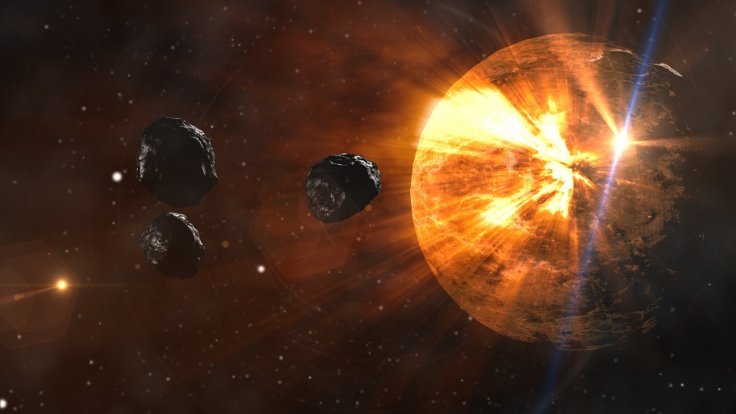
A planetary astronomer revealed that NASA has another option when it comes to protecting Earth from dangerous asteroids that are big enough to destroy the planet. This option can be used if the agency's first line of defence against asteroids doesn't work.
In terms of planetary defence, the most practical option for NASA involves the use of rocket engines. In theory, this plan works by attaching rocket engines to an approaching asteroid. Doing so would allow the agency to steer the asteroid away from a collision course with the Earth.
However, according to planetary astronomer Andy Rivkin of the Johns Hopkins Applied Physics Laboratory, this plan may not work properly due to an asteroid's natural rotation. Rivkin discussed the idea during the latest episode of NASA's "On a Mission" podcast.
"Asteroids have different rotation speeds, their north poles point in very different directions, so if you put a rocket on the surface, the rocket is going to rotate along with the asteroid," he said during the program. "So you either need to only fire the rocket at certain times, when it's pointing the right way, or you have to figure out a way to change the spin of the asteroid so that the rocket can always work."

For Rivkin, one possible solution that could save Earth from a potential asteroid impact is by using a really powerful laser. The astronomer explained that the laser can be used to melt the asteroid before it approaches the Earth. Since this method would require a powerful and steady energy source, Rivkin suggested the use of a solar-powered laser device.
"Another one that people have mentioned for the future is having a really powerful laser and basically slowly melt away the asteroid," Rivkin explained. "So, in this case, you could position the laser so that no matter what's going on beneath it, it's still going to be its own rocket in the direction you want. You're going to use the asteroid itself as fuel in a sense, and vaporize it away. So the challenge for that one is it takes a lot of power, and you'd probably need to have that power for a long time, so you need big solar panels."
Of course, as previously explained by NASA, these various planetary defence techniques against asteroids will only work properly as long as early detection has been made. By identifying an asteroid a year or more before its potential impact date, space agencies will have enough time to carry out the necessary actions to save Earth.









